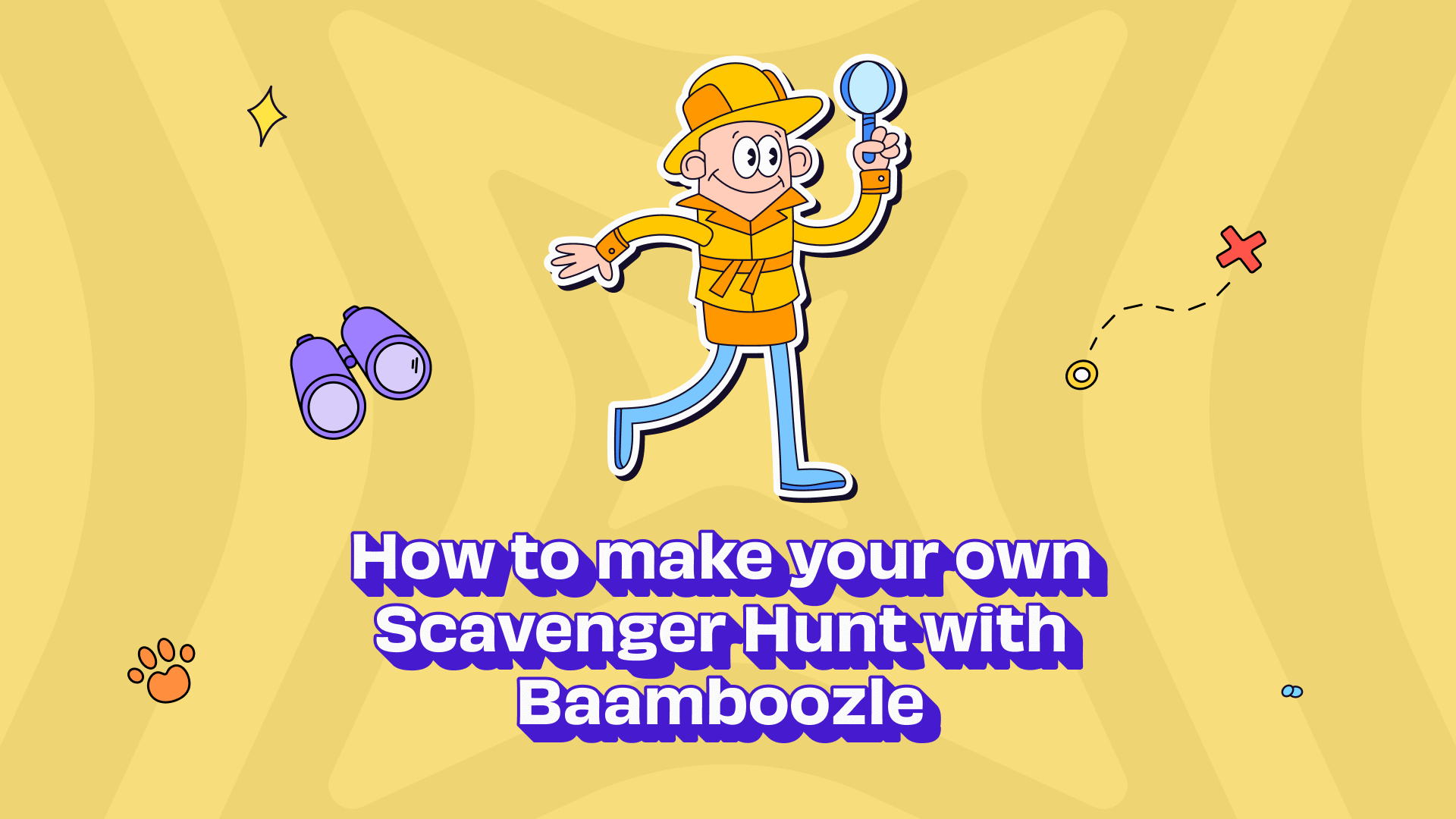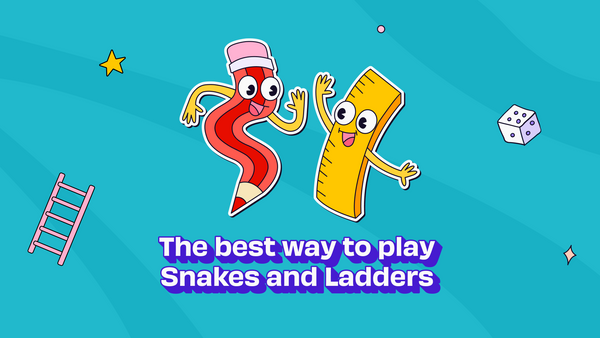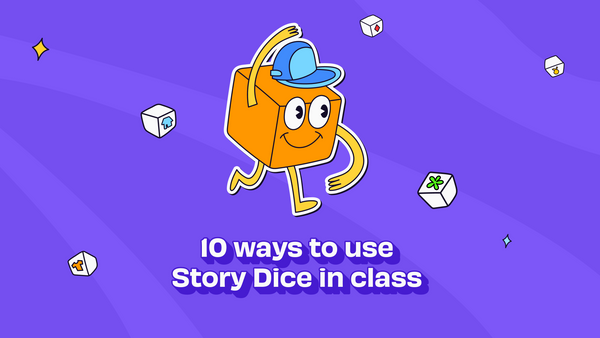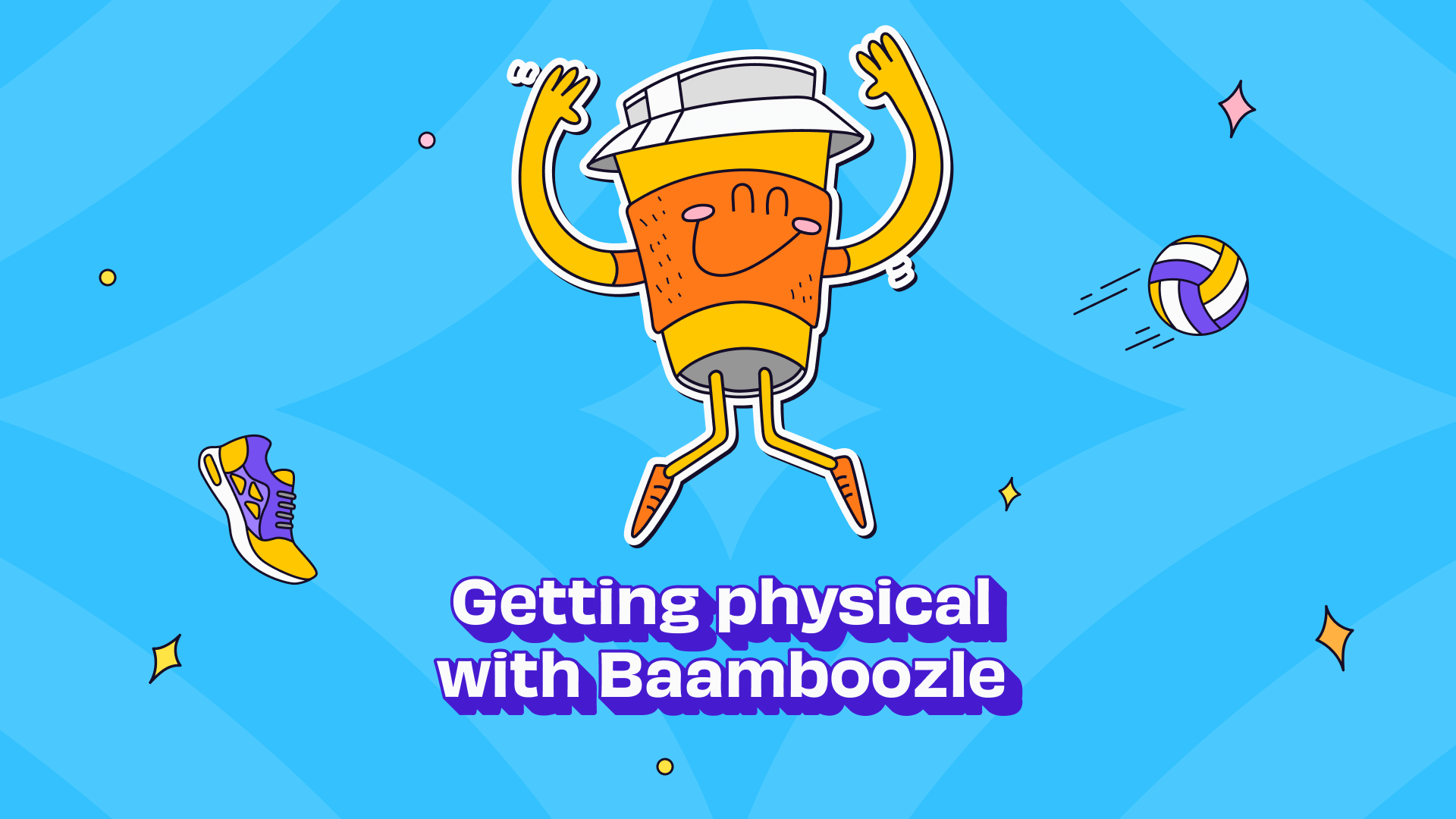How to Make Your Own Scavenger Hunt with Baamboozle
Your education amigos at Baamboozle HQ are the proud owners of a crowd-sourced collection of more than 3 million great-for-class games… and we have a huge amount of variety.
We’re home to quizzes, classics, wordplay, workouts, and all sorts of interaction and adventure. But some of our most popular in-class activities are our various scavenger hunts.
So in this blog post, we’ve brought you some handy tips on how you can craft your own scavenger hunts, along with some suggestions for how you can adapt our pre-made games for bespoke fun.
Grab your magnifying glass, give Mr. Holmes a call, and come join the undercover adventure!
What is a scavenger hunt?
According to our good friends at Oxford Dictionary, a scavenger hunt is… “a game, typically played in an extensive outdoor area, in which participants have to collect a number of miscellaneous objects.”
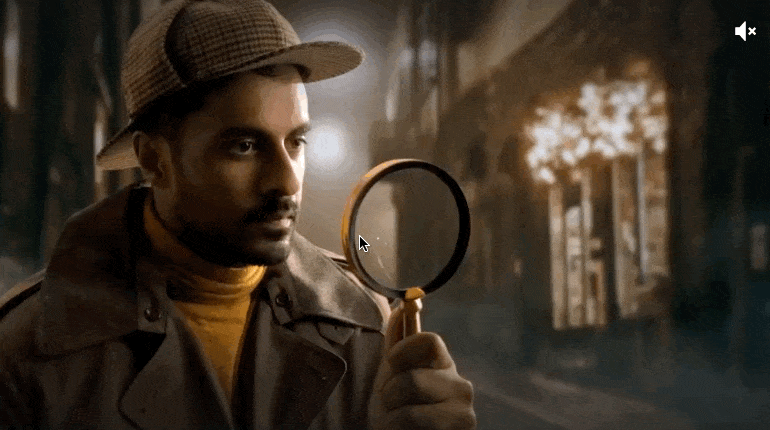
In short, scavenger hunts offer a fun-packed dose of excitement and adventure, and they’re a great way to get learners immersed and engaged (whether you host them outdoors or otherwise!).
The benefits of scavenger hunts (for all ages!)
There are lots of benefits to using fun-filled scavenger hunts in your classes (both indoors, outdoors, and online), no matter the age of your students. They include:
- They teach children how to solve problems: problem-solving doesn’t get more practical and tangible than ‘can you find this thing?’. If children can learn to solve simple problems, they’re better equipped for solving complex problems in the future.
- They improve social skills and team-building skills: scavenger hunts are endlessly engaging and exciting, encouraging even the shyest students to keenly communicate.
- They’re fun: Students of all ages love having fun, and scavenger hunts are one of the best ways to give them it! And (although we won’t tell your students this), we know you like having fun too.
- They’re active: All students like getting up and moving. And with a scavenger hunt, you can get them doing exactly that… but in a useful and productive way. As you probably already know, physical activity is good for firing up both brains and bodies.
How to create a great scavenger hunt game: tips, tricks and ideas
If you want to play a pre-made scavenger hunt, we have plenty of them on our site… and we’ve given you some examples (along with how you can adapt those examples) in the next part of this guide.
But if you’re feeling even more crafty and creative, and you want to go renegade, here are our top 5 tips for making an excellent hunt of your own:
- Customize! You know what your students like, and you know what they’re learning about. So put that knowledge to good use by making a topical hunt. Are your students learning about pirates? Or Easter? Or do they just love quizzes? You're the boss!
- Go abstract: For some learners, simple instructions (like ‘find a leaf’) are appropriate. But if you want to go more challenging, give abstract instructions. Can your students find something crunchy? Funny? Memory-inducing? Or something they would give as a gift?
- Incorporate some learning-based clues: Maybe each clue could be a riddle. Or a quiz question. Or maybe your students need to work out a math problem to calculate the number of things they need to find.
- Set a time limit: If you can increase the stakes and juice up the jeopardy, your scavenger hunt will become much more interesting and exciting. Students of all ages love the chaotic competitiveness of a time limit!
- Consider heading outdoors: If your students are feeling really restless, or particularly energetic, take your scavenger hunt outside.
Even if you’re playing one of our many pre-made scavenger hunts, you can still use these tips to change things up and add a big ol’ slice of something different. And coming next, we’ve told you how!
10 practical ideas to get you started
It's true that scavenger hunts can be endlessly adapted and amended.
So coming up, we’ve brought you our top 10 ideas for how to do exactly that, along with some practical examples, question suggestions, and ideas for relevant Baamboozle games.
1. Get vague
Your clues don’t always need to be clear-cut or concise.
Instead, for example, you can encourage students to find objects made of certain materials, patterns or clothes…. or objects with zippers, buttons or velcro! Games such as Go Find It (a multiple-choice hunting game all about different fabrics and textures) allows you to do exactly that.
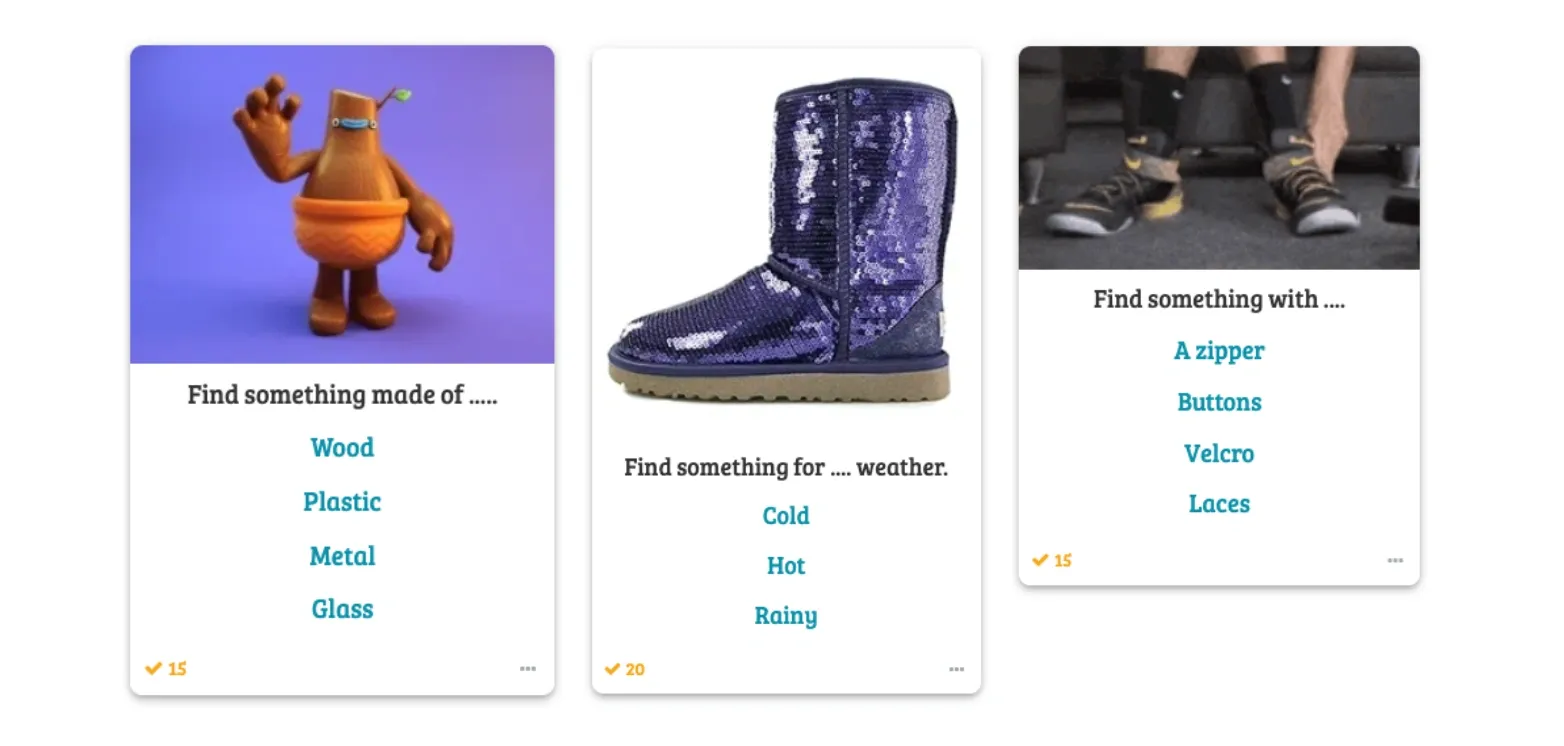
This game also demonstrates how you can slide extra challenges into your searches—during play, students need to solve multiple-choice dilemmas to work out what type of object they’re looking for.
2. Dream up a theme
Themed hunts are a great way to make games relevant to whatever your students are learning about.
With this page-packed Library Scavenger Hunt, for example, students can hunt out books, authors or even front covers that are relevant to whatever they’re studying.
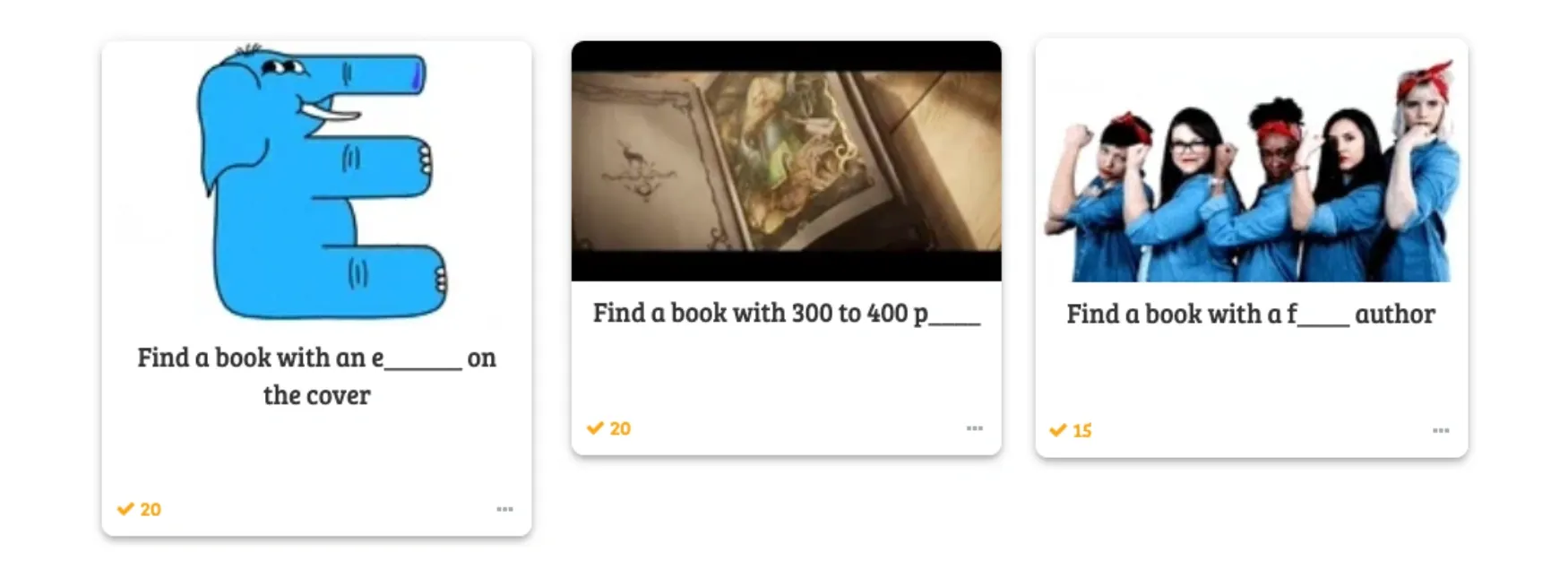
To turn things up a notch, you can even offer gap-fill clues rather than standard clues. Which is exactly what you do in this game!
And as a nice little bonus, this hunt also gets kids familiar with navigating the quiet confines of a library.
3. Grapple with grammar
For English classes, consider making a scavenger hunt that has comparatives, superlatives, or other adjectives as clues. In this Comparisons Scavenger Hunt, for example, students need to understand and explore comparatives in order to work out what they’re hunting for.
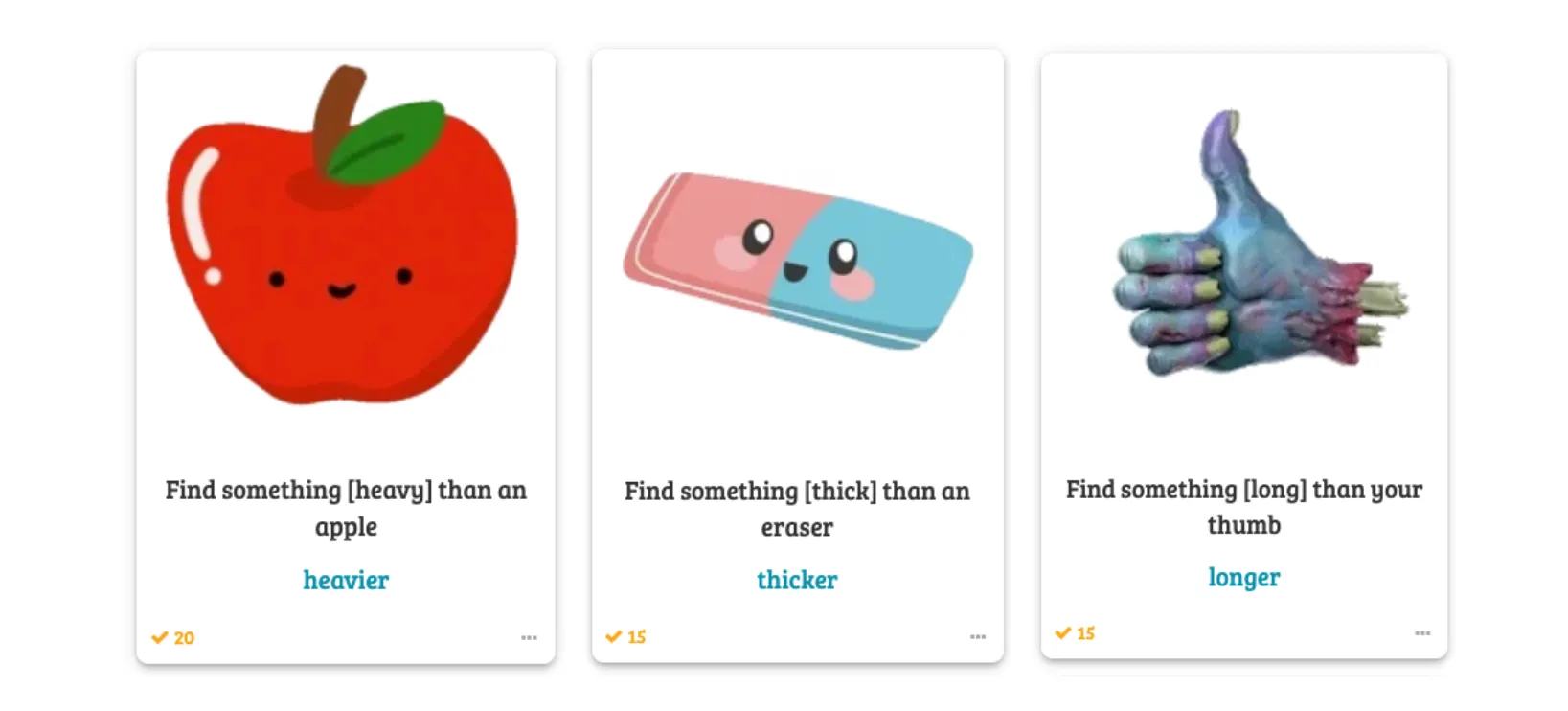
You can use games like this as a sneaky way to get students properly and productively exploring grammar, and to make sure they’re using their adjectives correctly.
To make things even more bespoke, you could omit the game’s words, use only the images, and come up with some adjectives of your own!
4. Practice the basics
For younger learners, you can use scavenger hunts to reinforce simple stuff.
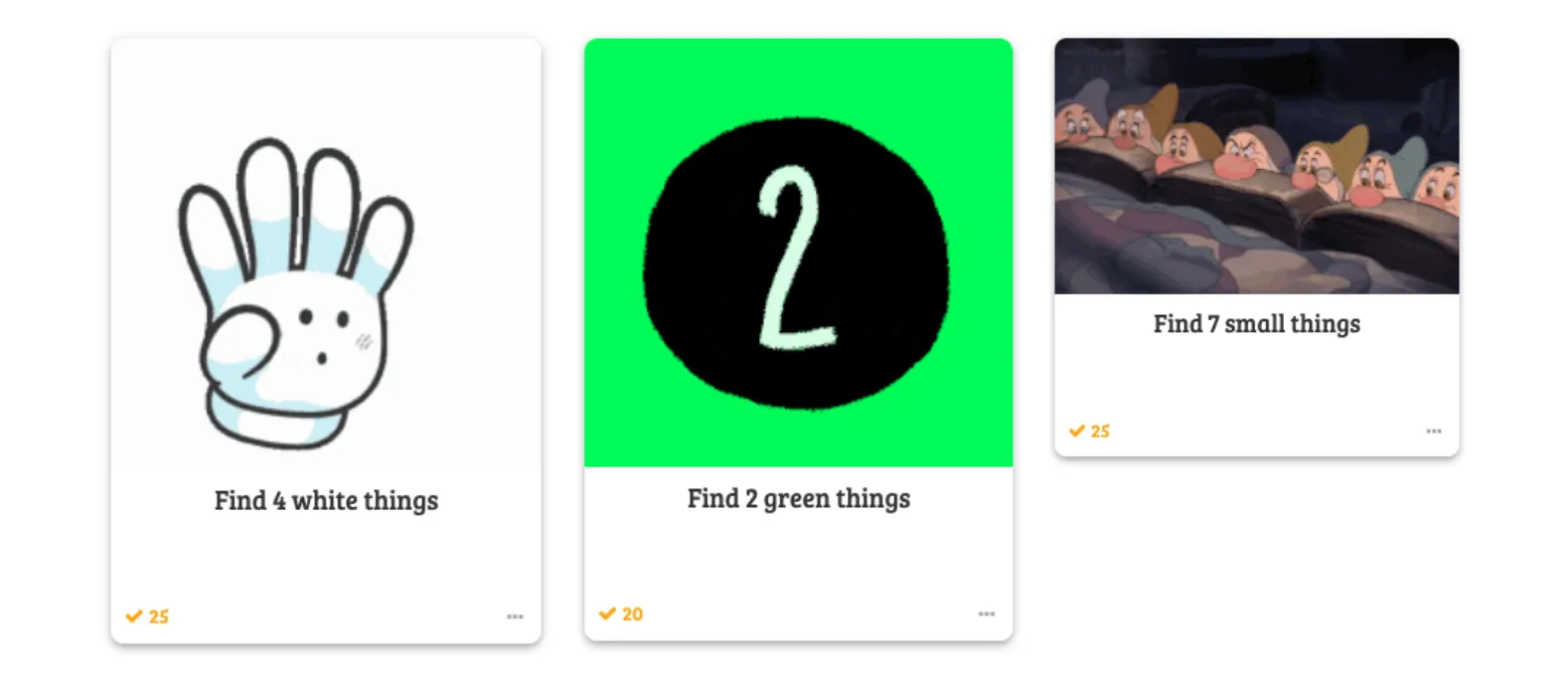
This Count & Find game focuses on colors and numbers, asking students to find particular amounts of things, and lots of different-colored objects. It’s a fun, interesting and unique way to recap and recall.
5. Reinforce simple vocabulary
Another great way to engage younger learners in English classes is by using scavenger hunts to reinforce and recall simple vocabulary.
With a game such as Home Objects Hunt, for example, you can use our nifty ‘photo in answer’ option to hide the images… and use only the text as a clue. Then when your students show what they’ve found, you can reveal the image—and find out if they understood the vocabulary by hunting out appropriate objects.

Or, to take things a step further, you could award points to the student or team whose object most accurately matches the object in the revealed image.
6. Get some talking points
If you set learners the task of finding types of things (rather than specific objects), you’re not just gathering physical stuff… you’re also gathering things to talk about and comment upon.
This is especially useful for online lessons.
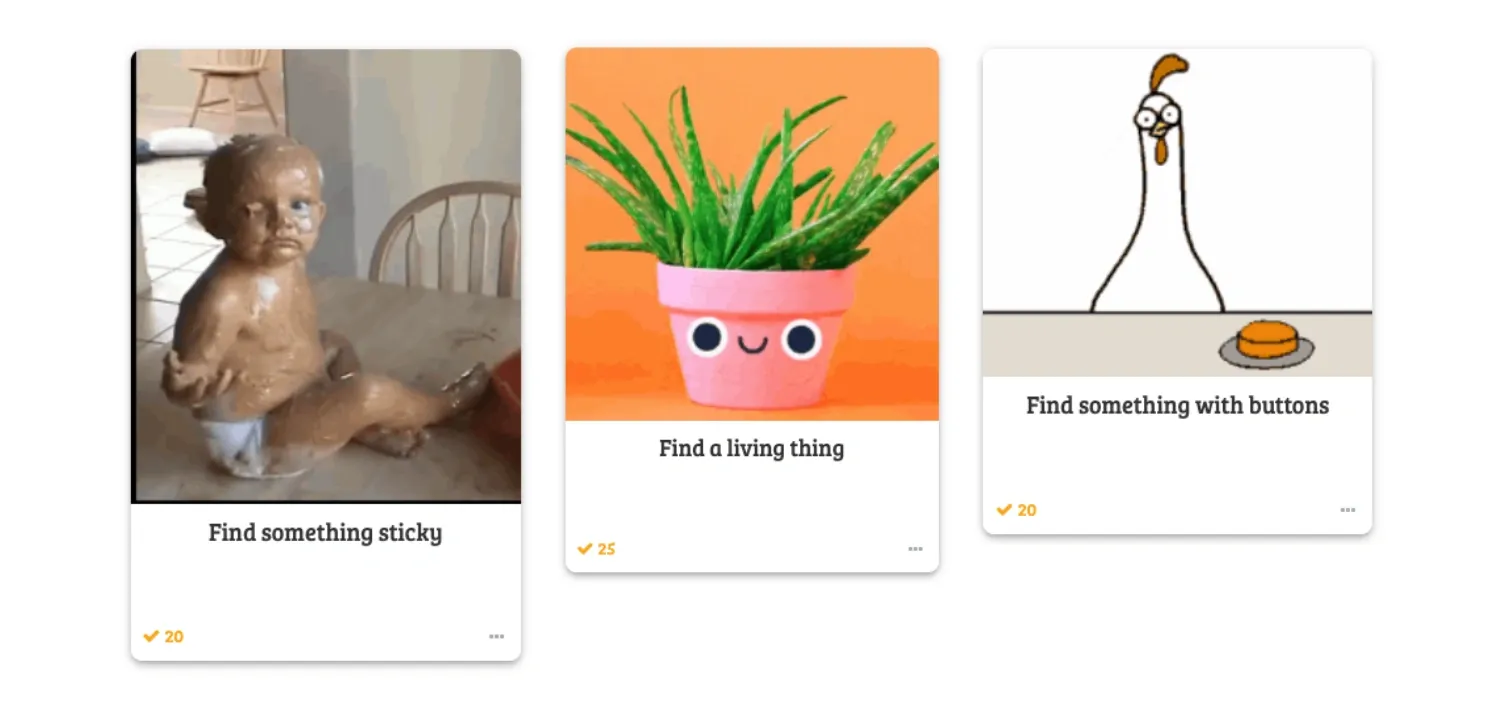
In Run Around the House, for example, students are tasked with finding living creatures, sticky stuff, things with buttons, and plenty more. When they return with their discoveries, you can ask each student to come up with a simple phrase that describes the object, or a story or memory they might associate with it.
7. Cast a spell
Practicing spelling and vocabulary?
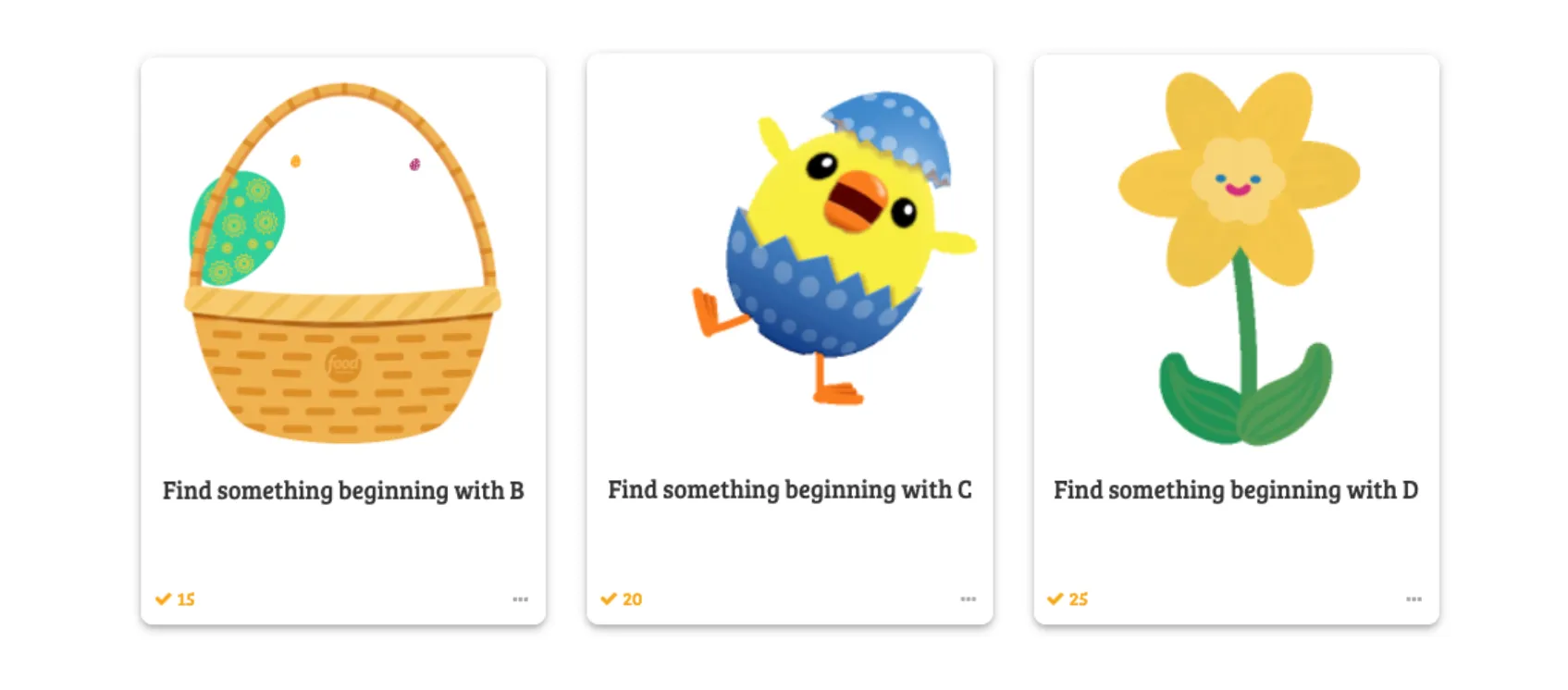
A game such as this Easter Scavenger Hunt asks students to find objects that begin with specific letters. And even better, it’s topical, perfect for some seasonal excitement!
8. Add some adjectives
If you’re working on adjectives or descriptions, you can ask students to describe their finds in detail. With this Christmas Scavenger Hunt (or almost any other scavenger hunt!), you can ask students to profoundly chat about whatever they’ve discovered.
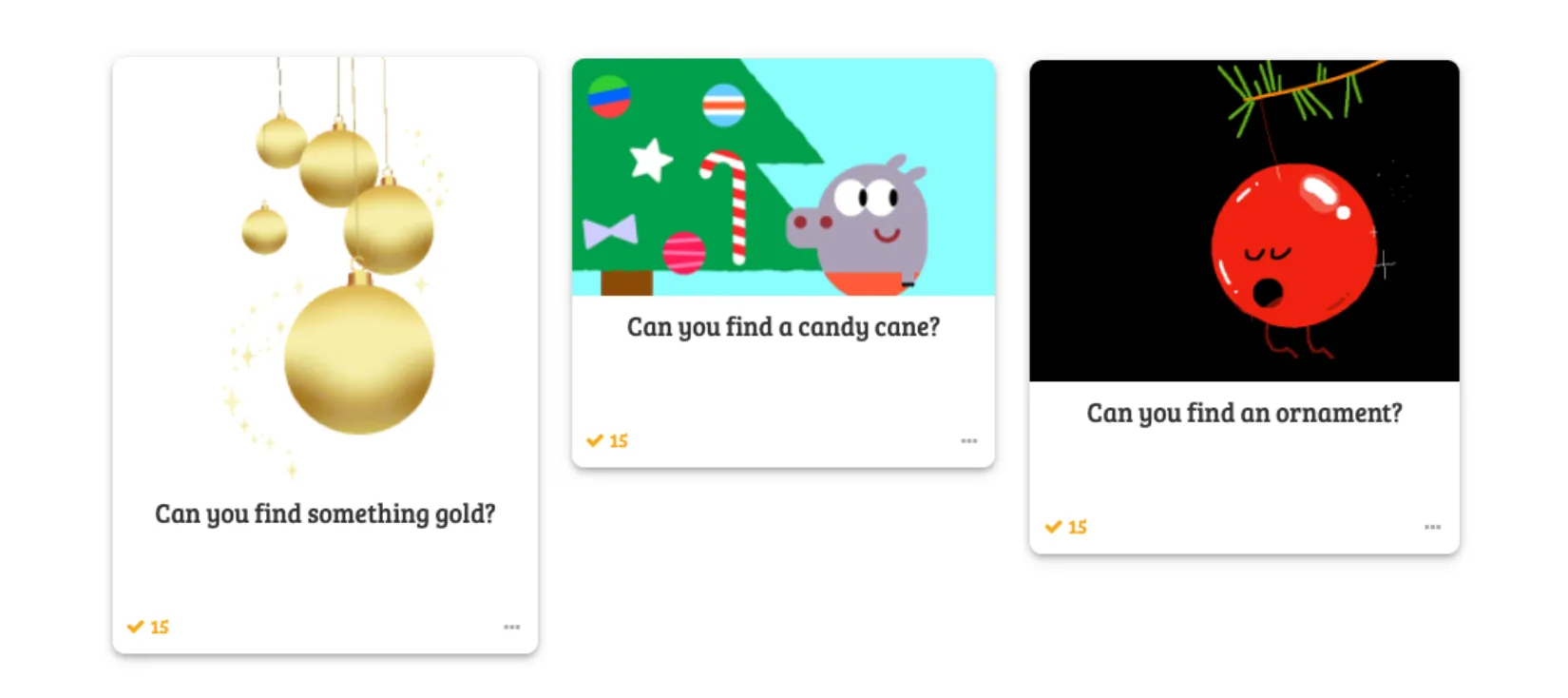
This adaptation style works particularly well with this Christmas game because the students are tasked with finding types of things, rather than specific discoveries. If the students’ hunted-out objects are vivid and varied, so too will be their different descriptions!
And again, this festive funfest demonstrates how you can make learning all topical and timely, no matter what you’re teaching or hunting for.
9. Make your hunt mental
It’s easy to give your scavenger hunts a personal, philosophical, or psychological touch. Not all searching needs to look for physical objects in the literal realm!
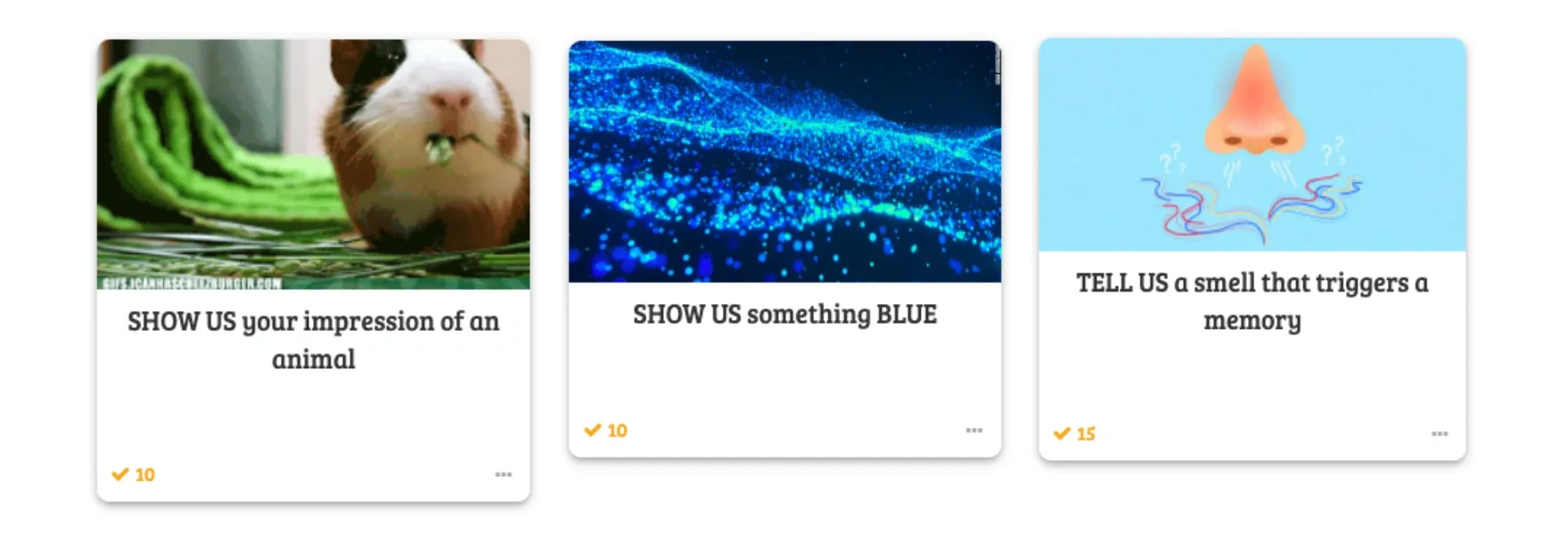
In this simply-named Scavenger Hunt, students need to tell you about the place they feel happiest, show you a silly face, tell you a thing that would make them scared, and plenty more.
Instead of hunting for an object, this is a ‘show and tell’ style adventure in which students don’t need to give you any actual items at all. It’s perfect for online classes, exploring emotions, and doing something a little different.
10. Question the questions
You can use scavenger hunts to explore objects and items in any number of detailed ways.
For example, you can take a simple game such as Hunt Around the House, and turn up the intensity by asking various questions about each of the objects your students find.
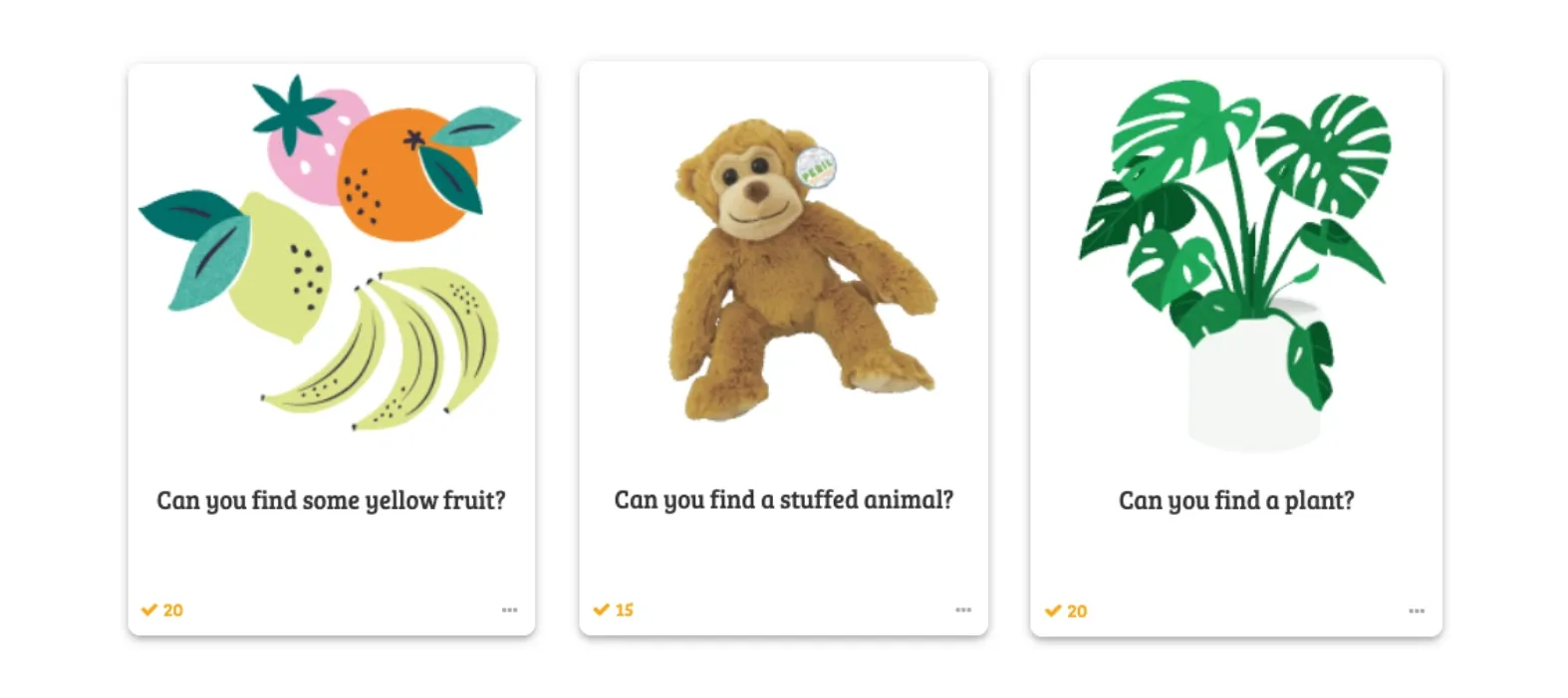
Maybe you could ask students to spell their object, or describe what it’s made from, or give you an obscure fact about it.
This twist is great for challenging students in any way you want to challenge them (and you can apply this to classes on English, science, history and more)... but it’s also great for encouraging your students to think and speak about whatever it is they’ve found.
Final Thoughts
And just like that, you’ve managed to find the end of this blog post. And look at you go—you didn’t even need any clues!
For much more educational inspiration, make sure you keep popping back over to our regularly-updated blog. And for even more fun, check out Baamboozle+, our massively popular paid-for premium platform.
Last of all, if you’re looking for more ready-made ideas on in-class excitement and adventure, check out our game compilations for Easter, April Fools’ Day, Christmas, and Valentine’s Day.
Thanks for reading, thanks for being a terrific teacher, and we’ll see you next time!

